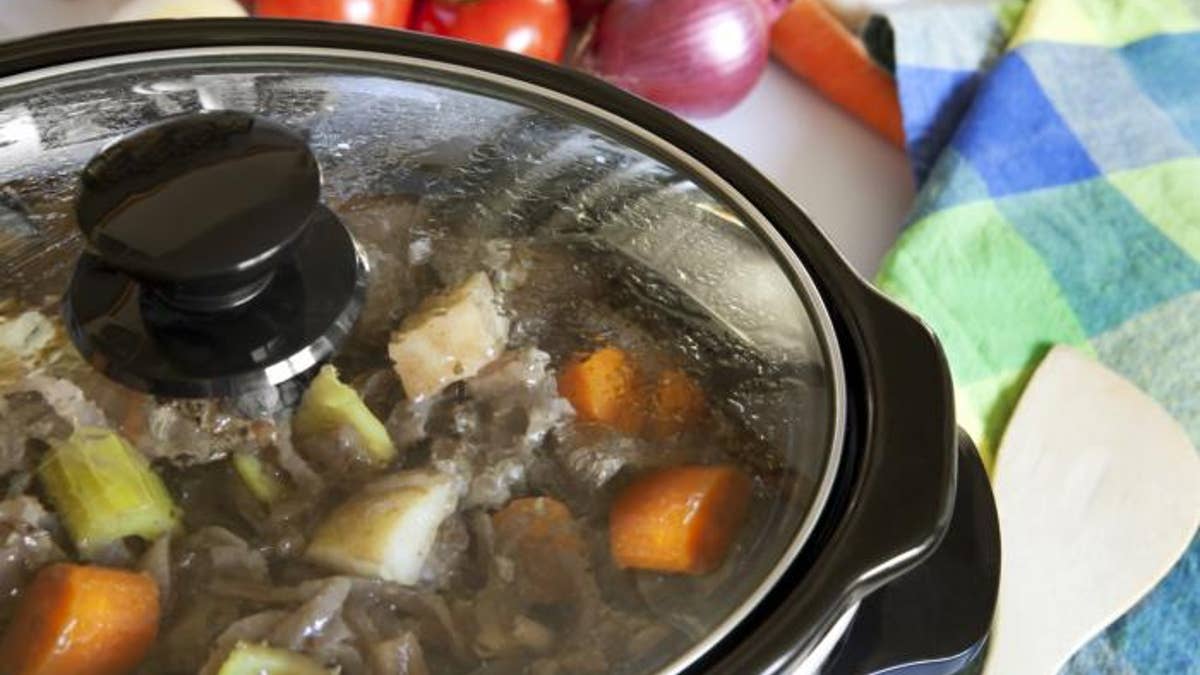
Slow cookers are convenient, easy to clean and virtually fool-proof. You just throw your ingredients inside, set the dials, and return a few hours later to a fully cooked meal.
But why are we so quick to leave our slow cookers unattended? Sure, that’s arguably the whole point, but is it really that safe to leave a hot appliance simmering away on your kitchen countertop while you’re away at work?
“It’s not safe to leave any appliance on without someone in the house,” says Jim Long, the public information director of the New York Fire Department. And though he personally doesn’t recall a recent incident in which a slow cooker was to blame for a fire, he says that the FDNY has seen “all sorts of cooking-type incidents, from appliances to hot plates.”
“I don’t believe that it’s safe … to exit your apartment or home, with this kind of method of preparation,” he adds.
Slow cooker manufacturers Crock-Pot®, however, beg to differ. While they suggest certain safety precautions in their instruction manuals, the company responds affirmatively to the question, “Can the Crock-Pot® Slow Cooker be used unattended?” on the Frequently Asked Questions section of their website. Their answer, in full, reads as follows:
Aileen Fanjul, a representative of the Crock-Pot® brand at Jarden Consumer Solutions, says the appliance doesn't need to be monitored at all times. "It is safe to leave your Crock-Pot® slow cooker on while you are out of the house," she states. "The slow cooker runs on very low wattage, allowing you to cook a meal over an 8-10 hour period of time. Programmable units include an Auto-Shift to Warm feature, automatically shifting the unit to a Warm setting once the set cook time is up."
That being said, Fanjul also recommends that Crock-Pot® users follow the proper safety precautions. "Always make sure to fill your slow cooker between one-half and three-quarters and the unit is placed on a hard, flat surface," she says. When the unit is on, Fanjul adds that users should keep the power cord away from the edges of their surface areas, and only use the side or lid handles when coming into contact with the Crock-Pot®.
But, of course, one single company can’t speak for other manufacturers of slow cookers. For each and every make and model, it’s best that a home chef “follow all directions and manufacturer’s recommendations,” according to FDNY veteran Long.
Even still, Long doesn’t recommend walking away from an operating slow cooker. “Never leave candles unattended,” he says, illustrating his point with an analogy. “When and if using any cooking appliance, be in the area. Be available to operate it safely.”
The bottom line? “It’s better to operate safely,” Long says, than to be sorry.








































